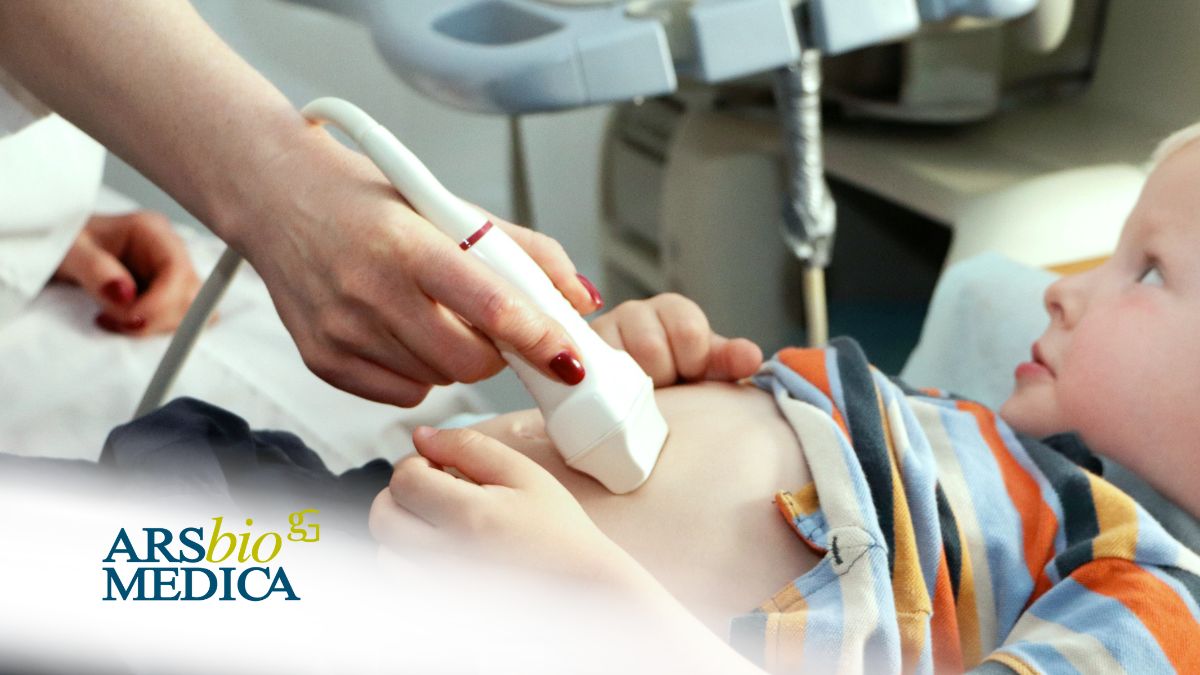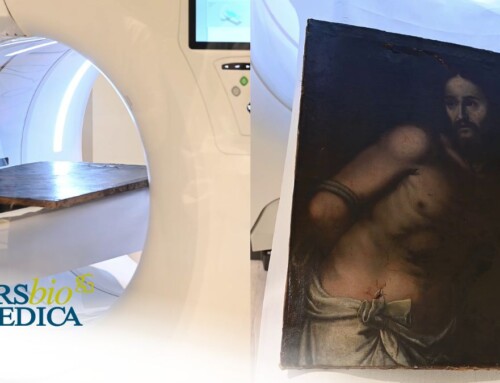
Articolo del 18/04/2025
At Arsbiomedica, we care for our youngest patients with dedication, expertise, and cutting-edge technology. Our pediatric team works in close collaboration with our imaging specialists to ensure every examination is safe, targeted, and non-invasive—eliminating unnecessary procedures and always prioritizing the child’s well-being.
For both adults and especially children, we follow the ALARA principle (“As Low As Reasonably Achievable”), a radiation safety guideline that ensures exposure to radiation is kept to the absolute minimum. This applies to all sources of radiation, whether natural or artificial.
What Is Pediatric Imaging? When Is an Exam Truly Necessary?
We explore the topic with Dr. Chiara Andreoli, Radiologist at Arsbiomedica.
Pediatric imaging encompasses a range of techniques used to examine the body and gather information for diagnostic purposes. In children, the goal is to obtain the most accurate results with the least physical and emotional impact: lower radiation, reduced stress, and maximum diagnostic value.
Recommended Diagnostic Exams for Children
Ultrasound
Completely safe and radiation-free, ultrasound is often the first-line imaging exam in many pediatric cases.
Used to examine:
-
Abdomen
-
Hips (in newborns)
-
Kidneys
-
Lymph nodes
-
Thyroid
-
Brain (in newborns)
-
Genital organs
-
Muscles and joints
-
Lungs (focused on evaluating the peripheral lung parenchyma)
X-Ray (Radiography)
Essential in cases of:
-
Trauma or suspected fractures
-
Scoliosis
-
Respiratory infections such as pneumonia
Radiation is carefully controlled and adjusted for pediatric patients.
Magnetic Resonance Imaging (MRI)
Ideal for evaluating:
-
Brain and spinal cord
-
Joints
-
Abdomen and pelvis (e.g., intestinal loops)
Radiation-free, although young children may require mild sedation to stay still during the scan.
CT Scan (Computed Tomography)
Used with great caution and only when strictly necessary.
Particularly useful in emergencies, such as:
-
High-impact head injuries
-
Severe chest or abdominal trauma
-
-
Avoid frequent repeat X-rays for scoliosis or minor orthopedic issues unless specifically recommended by a specialist.
When Imaging Exams Are Not Needed: Knowing When to Avoid Them
Protecting a child’s health also means avoiding unnecessary tests. This reduces radiation exposure and prevents added anxiety or discomfort. Here are some common situations where imaging should be avoided:
Mild or common infections
-
Fever without concerning symptoms → no need for an X-ray “just to be sure.”
-
Ear infections, sore throats, seasonal flu → clinical evaluation is usually sufficient; no need for CT or X-rays.
Functional abdominal pain
-
If no warning signs are present, there’s no need to rush into an ultrasound.
-
These symptoms are often temporary and related to emotional or dietary factors.
Minor injuries
-
Small falls without swelling, persistent pain, or visible trauma → routine X-rays are unnecessary.
Repeated, unnecessary follow-ups
-
How Is the Decision Made to Proceed with Imaging?
At Arsbiomedica, diagnostic imaging is only prescribed when truly necessary—following a thorough assessment by the pediatrician and radiology team. This careful, case-by-case approach allows us to:
-
Avoid overdiagnosis and overtreatment
-
Protect children from unnecessary radiation exposure
-
Minimize stress for both the child and their family
-






